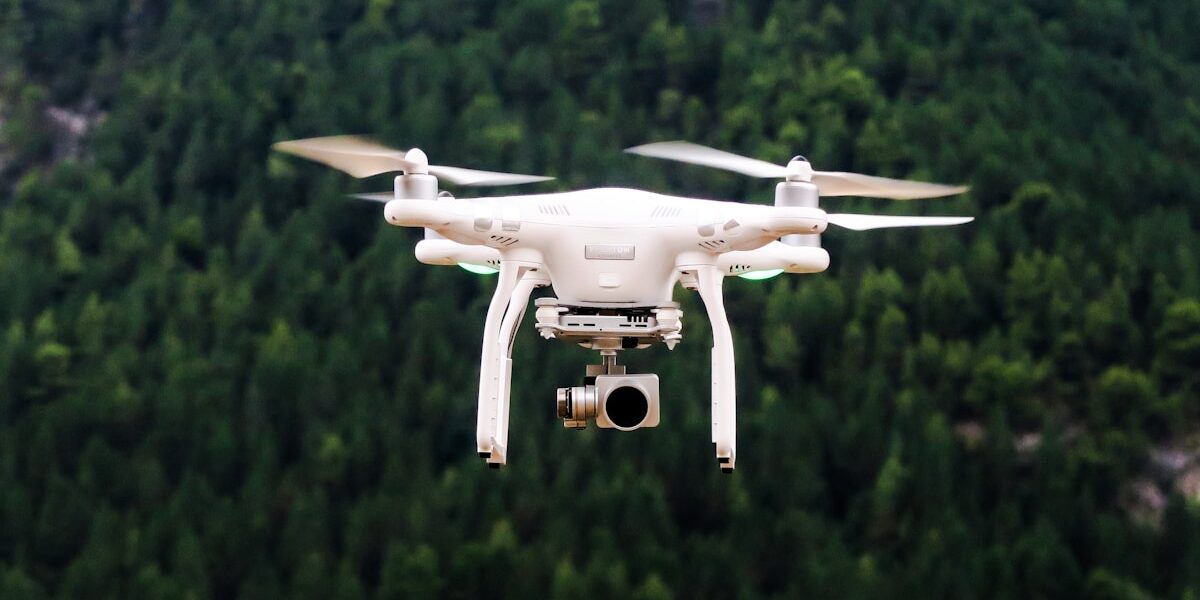Radar Report
Radar Report
Radar technology has been around since the early 20th century. It started with military applications and later spread to civilian uses. This technology plays a crucial role in areas like aviation, maritime navigation, weather forecasting, and law enforcement. Understanding radar principles and how it is used today will deepen your appreciation for its versatility and importance.
Basics of Radar Technology
Radar stands for Radio Detection and Ranging. It works by transmitting radio waves and detecting objects via the reflection of these waves. When these waves hit an object, they bounce back to the radar source. The radar system then analyzes the time it took for the waves to return and the strength of the return signal. This information helps determine the distance, speed, and sometimes the shape of the object.
Types of Radar Systems
There are various types of radar systems. They can be classified based on their functions and the type of waves they use.
- Pulsed Radar: Emits short bursts of radio waves and listens for echoes during the intervals.
- Continuous Wave Radar: Continuously emits a signal and measures the Doppler shift for detecting moving objects.
- Monostatic Radar: Transmitter and receiver are co-located.
- Bistatic Radar: Transmitter and receiver are at different locations.
Each type of radar has specific applications depending on its capabilities.
Applications of Radar Technology
Radar is a versatile technology with a wide range of applications.
Aviation
In aviation, radar is essential for air traffic control. It ensures the safe navigation of aircraft by monitoring their positions and movements. Radar allows controllers to manage the flow of air traffic and provide guidance during poor visibility conditions.
Maritime Navigation
Ships use radar to navigate through challenging waters. This technology helps avoid collisions with other vessels, identify coastline features, and locate buoys and navigation markers. Marine radar is also crucial during night-time travel and in foggy conditions.
Weather Forecasting
Weather radar is invaluable for predicting and monitoring meteorological conditions. Doppler radar, specifically, tracks the speed and direction of rain droplets. This information helps meteorologists forecast severe weather events like hurricanes, tornadoes, and thunderstorms.
Law Enforcement
Police use radar to enforce speed limits. Speed radar devices measure the speed of moving vehicles. They can quickly identify and record speeding violations, which is essential for road safety.
Advancements in Radar Technology
Radar technology has seen significant advancements over the years. Modern radars are more powerful and accurate. They often integrate with other technologies for enhanced performance.
Phased Array Radars
Phased array radars utilize multiple small antennas to steer the radar beam electronically. These radars can quickly change direction without physically moving the antenna. They are known for their speed and accuracy.
Radar and Artificial Intelligence
Artificial Intelligence (AI) is now being integrated into radar systems. AI algorithms improve target detection and classification. They help in distinguishing between different types of objects and reducing false positives.
Automotive Radar
Automotive radar is an emerging field. It’s crucial for advanced driver-assistance systems (ADAS) and autonomous vehicles. These radars help in collision avoidance, adaptive cruise control, and lane-change assistance.
Challenges and Future Directions
Despite its many advantages, radar technology faces challenges.
One issue is radar clutter. This refers to unwanted echoes from objects that can obscure or confuse the readings. Researchers are working on algorithms to filter out clutter and enhance target detection.
Another challenge is the interference from other radar systems and electronic devices. With the increasing use of radar, especially in urban environments, managing electromagnetic interference becomes critical.
Future developments aim to make radar systems smaller, cheaper, and more efficient. The integration of quantum computing and advanced materials could further revolutionize radar technology.



